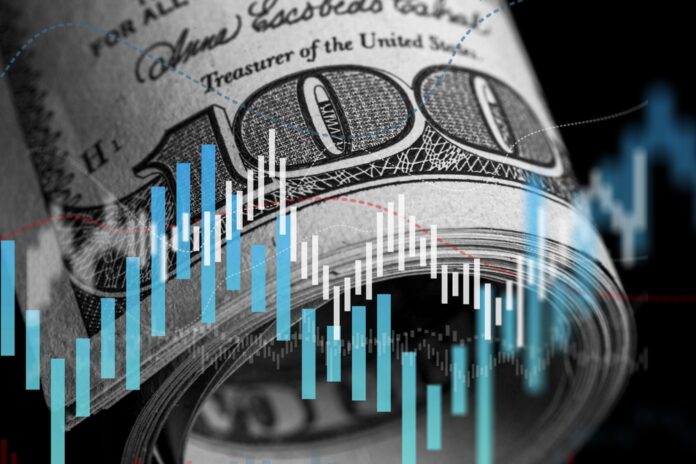The U.S. dollar weakened on Monday while the euro climbed, as European leaders spearheaded diplomatic efforts to broker a peace deal between Ukraine and Russia.
As of 04:00 ET (09:00 GMT), the Dollar Index, which measures the greenback against a basket of six major currencies, fell 0.3% to 107.245, retracing some of last week’s 0.7% gain.
Dollar Pulls Back from Highs
The dollar eased from elevated levels reached after last week’s tense Oval Office meeting between U.S. President Donald Trump and Ukrainian President Volodymyr Zelenskyy.
Since then, Zelenskyy has received strong backing from the U.K., with Prime Minister Keir Starmer confirming that European leaders had agreed to draft a peace plan for Washington’s consideration.
Adding to the dollar’s retreat, U.S. Commerce Secretary Howard Lutnick hinted that upcoming tariffs on Canada and Mexico, set to take effect Tuesday, might not reach the full 25% initially proposed.
“Canadian and Mexican officials are working on a last-minute deal, and U.S. authorities have floated the possibility of imposing lower tariffs,” ING analysts noted.
One alternative being discussed is that Canada and Mexico adopt similar tariff measures on China, mirroring potential U.S. hikes from 10% to 20%.
Euro Rebounds on Peace Optimism
The EUR/USD pair edged 0.2% higher to 1.0394, recovering from a 2.5-week low amid renewed hopes for diplomatic progress in Ukraine.
“We still see room for a rally in exposed currencies (EUR, Scandies) if a peace deal is reached,” ING analysts said. However, growing U.S. tensions with Europe and Ukraine could introduce lingering geopolitical risks.
Investors are also eyeing eurozone inflation data due later today, which could provide further insights into the European Central Bank’s (ECB) next policy moves. The ECB, set to meet on Thursday, is widely expected to cut interest rates by 25 basis points to 2.50% in a bid to revive an economy that has remained sluggish for nearly two years.
Meanwhile, GBP/USD rose 0.1% to 1.2590, buoyed by Europe’s leadership in peace talks.
“The U.K. data calendar is relatively light this week, so the pound will likely be influenced by external factors,” ING noted. A key event will be Bank of England Governor Andrew Bailey’s testimony before the Treasury Committee on Wednesday, which could offer insights into future rate policy.
Yen Strengthens on PMI Data
In Asia, the USD/JPY pair dropped 0.4% to 150.13, supported by a stronger-than-expected Japanese manufacturing PMI, although the index still indicated contraction.
Meanwhile, USD/CNY inched up 0.1% to 7.2925, despite better-than-expected Chinese manufacturing and non-manufacturing PMI data for February. While the readings signaled resilience in China’s economy following a series of late-2024 stimulus measures, investors remain cautious about the potential impact of heightened U.S.-China trade tensions, with Trump showing no signs of easing his stance on Beijing.



